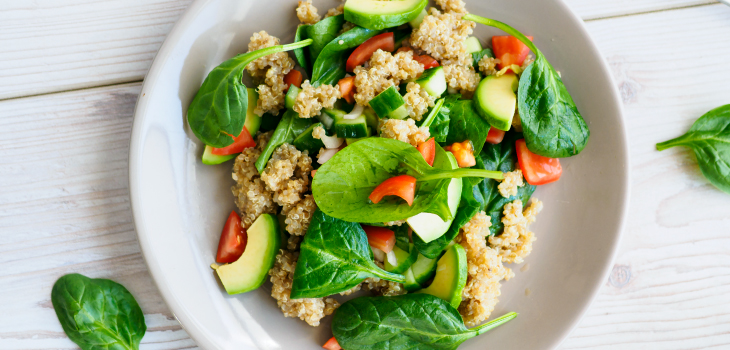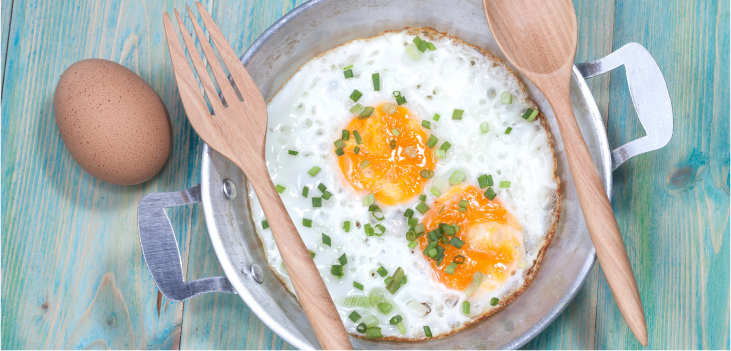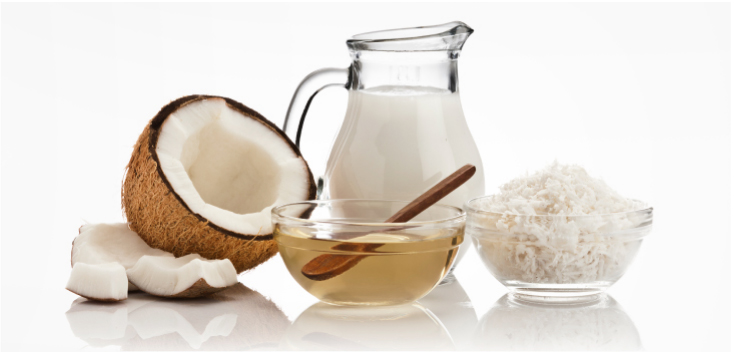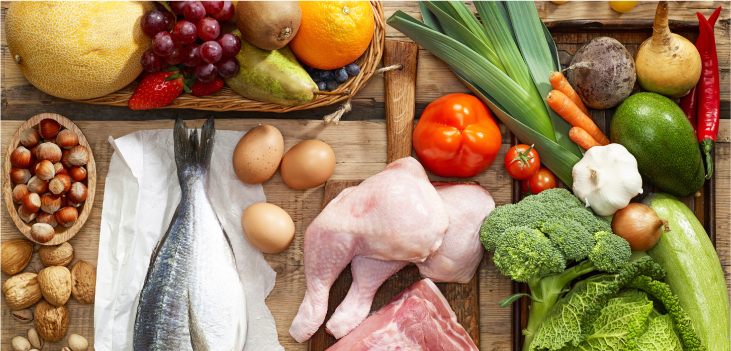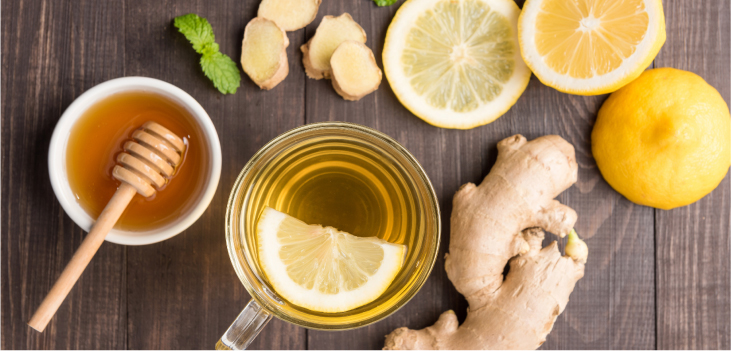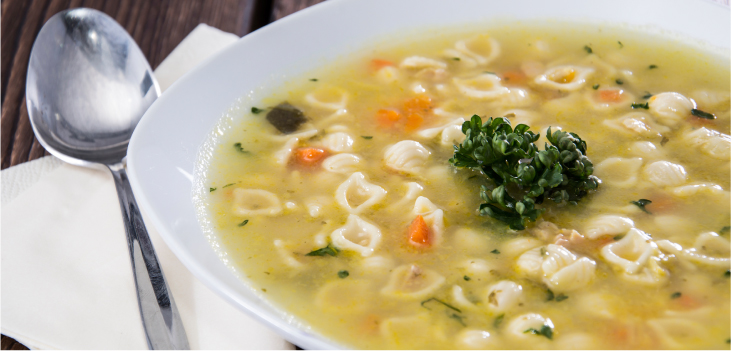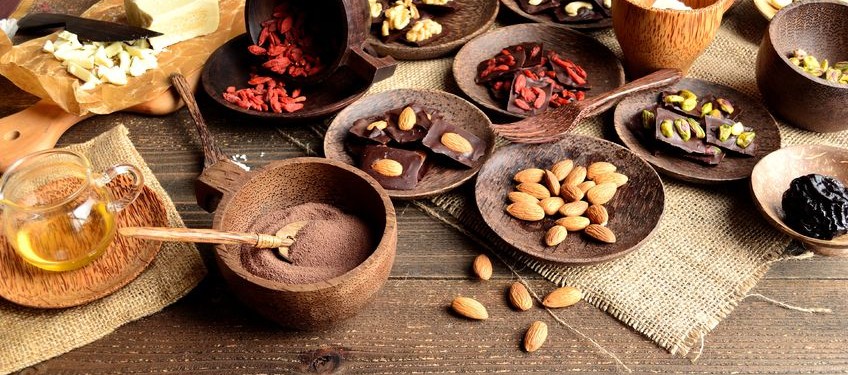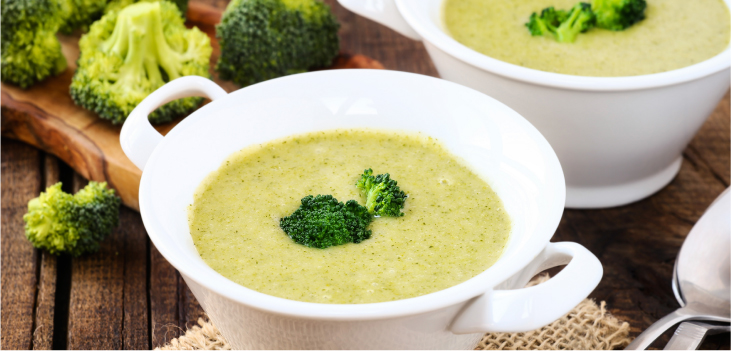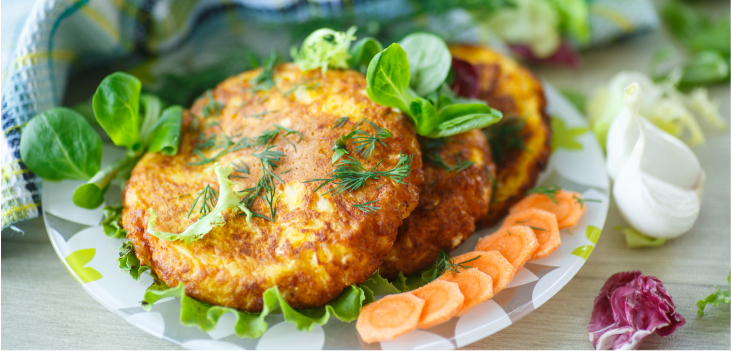
This year, the Jewish holiday of Passover arrives late in April. The timing is perfect to connect the holiday’s theme of liberation and symbolic use of food with the rejuvenation of spring and attention to an optimal functional diet, including paleo principles.
We are transitioning from the warm comfort foods we embraced during the cold months of winter to the lighter choices of a spring menu. As with the theme of Passover, emerging from dark, heavy oppression to bask in the light of freedom, so goes the opportunity to renew ourselves with healthy, functional food selections that propel and liberate us from the weight of less-optimal choices.
Diet guidelines for the seven-day Passover holiday (or eight, depending on which tradition you follow) include selections we will make note of; yet in keeping with our continued “lightening our load” for spring, I will first point out that Passover is also a great time to get outside and begin a walking or gentle jogging program. The benefit from taking your exercise outside at this time of the year is the ability of your body to initiate the production of vitamin D in your skin in the presence of the sunlight, before it becomes too strong, at which time we retreat to shady shelter.
With the spring change, we can improve our energy, increase our performance potential at work and around the home, increase our focus/attention, and improve our mood. So let’s embrace the end of April and Passover as a springboard to action and the impetus for your journey to healing, health, and vitality as a whole being.
Barring the tradition of the Passover Seder meal, which includes the intake of non-yeast-assisted bread known as matzah, there is very little need to consume white flour starches that offer no health benefits and tend to constipate many people. Jewish people avoid consuming all “Chametz” during the seven-day holiday. Chametz is defined as any of the five grains – wheat, spelt, barley, oats, and rye – that have been in contact with water for more than 18 minutes. In addition, other prohibited foods, called “Kitniyot,” are restricted during the Passover. Some Kitniyot foods include beans, buckwheat, caraway, cardamom, corn, edamame, fennel seeds, fenugreek, flaxseed, green beans, lentils, linseed, millet, mustard, peas, poppy seeds, rapeseed, rice, sesame seeds, soybeans, and sunflower seeds.
With such a focus on the elimination of so many items, the paleo diet offers some healthy and very productive alternatives. Continuing our attention to principles rooted in ancestral history, paleo also takes us back to certain origins, though not from a religious perspective. The foundation of the paleo diet is natural whole foods, which were the basis of our ancestors’ diets. In addition to encouraging whole foods, the paleo diet discourages the consumption of processed and packaged foods. With these concepts at the core of paleo philosophy, you will be eating a diet abundant in vegetables, fruits, root vegetables (with their incredible health-promoting phytonutrients), and modest amounts of lean proteins, oils, nuts, and seeds. In addition, if organic selection is part of your dietary philosophy, you will be avoiding many unwanted toxic chemicals that compromise your health and promote disease.
Let’s bring it home. Passover is a perfect opportunity to incorporate the paleo diet, which in many ways parallels the dietary principles of Passover, with the exception of avoiding those foods previously defined as Kitniyot.
I am including some yummy paleo recipes you can incorporate into Passover week and of course, use throughout the year.
Frittata with Shitake Mushrooms, Bell Peppers, and Broccoli
Ingredients
8 organic free-range whole eggs
1 cup organic, free-range egg white
1 cup organic plain coconut creamer
2 shallots, chopped
¼ to ½ clove elephant garlic, chopped
¼ cup organic olive oil
1½ pounds mixed mushrooms (shitake, cremini, baby bellas)
½ organic red bell pepper, chopped
½ organic orange bell pepper, chopped
1 head organic broccoli, florets broken into small pieces
Fresh or dried thyme to taste
2 tablespoons chopped fresh thyme
Himalayan salt and freshly ground black pepper
Process
- Preheat the oven to 375°F.
- Beat the eggs, eggs whites, and coconut creamer together and set aside.
- Place the chopped shallot and garlic in pan with the olive oil and sauté until transparent. Add the sliced mushrooms, chopped bell peppers, broccoli pieces, and thyme and season with salt and pepper to taste.
- Cook on medium heat until tender.
- Pour the beaten egg mixture over the sautéed vegetables and cook until the bottom is done.
- Place the pan in the oven and bake until the egg is cooked through.
Serve with a green salad.
Zucchini/Carrot Fritters
Ingredients
1¼ cups organic zucchini, shredded
1¼ cups organic carrots, shredded
3 organic free-range eggs, beaten
3 tablespoons coconut flour
½ teaspoon Himalayan salt
¼ teaspoon freshly ground black pepper
Coconut oil to sauté.
Process
- Blot the shredded zucchini and carrot with paper towel to remove any excess moisture.
- Add the beaten eggs, coconut flour, salt and pepper to the carrot and zucchini, and mix well.
- Melt the coconut oil in a large skillet.
- Drop ladles of the mixture, about ½ cup of batter per patty, into the pan.
- Cook until the under edges are crisp and brown.
- Flip and brown the reverse side.
- Keep flipping until the cakes have darkened and cooked through.
- Transfer to a serving plate.
- Keep warm and serve.
Macadamia Nut Coconut Cookies
Ingredients
½ cup organic coconut oil
½ cup organic honey or other sweetener of choice
4 organic free-range eggs, beaten
½ teaspoon organic vanilla extract
1 cup organic coconut flour
½ cup organic desiccated unsweetened coconut
½ cup Macadamia nuts
Pinch of Himalayan salt
Variation
To encourage children or those who typically associate a cookie with flour, you can add
¾ cup organic dark chocolate chips or raw cacao nibs (my preference).
Process
- Preheat oven to 375°F.
- Line a baking sheet with parchment paper.
- Melt coconut oil and honey in a pot.
- Beat eggs and vanilla.
- Combine the coconut flour, desiccated coconut, macadamia nuts, and pinch of salt in a bowl.
- Add in the beaten eggs and melted coconut oil mix. Stir to combine.
- Add in the dark chocolate chips or nibs (if using) and mix until well combined.
- Drop heaping tablespoons of cookie dough on lined baking sheet.
- Bake for 12 to 14 minutes or until golden brown.
- Remove from oven, transfer to a cooling rack.
Chag Pesach Sameach (Happy Passover Holiday)
(original post on boomshop)



